Cracking the cat fines challenge
By Armelle Breneol, Marine Fuels Technical Advisor, ExxonMobil
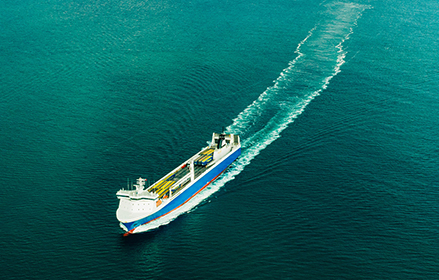
Catalytic fines (cat fines) are microscopic aluminium and silicon particles that occur in heavy fuel oil. They arise from fragments of catalyst used during the cracking process in refineries carrying over into the fuel. If left unchecked these fragments can get through to the engine inlet and cause operational problems, including fuel pump and injection system damage and costly cylinder liner wear.
The marine fuel specification ISO 8217/2017 includes a maximum level for cat fines of 60 ppm in the fuel when delivered. Engine manufacturers, however, typically recommend that marine fuel should contain a lower cat fines level of no more than 15 ppm at the engine inlet.
Abrasive wear
Cat fines that pass through to the engine can cause increased wear in cylinder liners and piston rings through a wear process called abrasion. This is where the metal particles become embedded in the surface of cylinder liners, piston ring grooves and piston rings and create wear on touching components. In the worst case scenario cat fines damage can lead to a loss of engine function, resulting in the engine being unable to start, and potentially the replacement of fuel pumps, injectors, piston rings and cylinder liners.
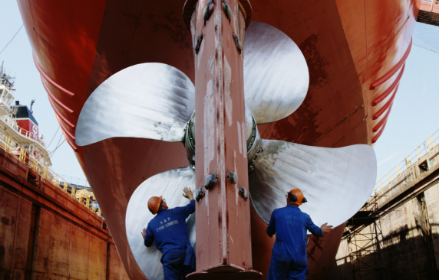
Preventative measures
So, what can be done to minimise or prevent cat fines damage? Correct handling and storage are critical. Vessel operators must make the necessary investment to ensure that fuel treatment systems, and purifiers in particular onboard the vessel are being maintained and operated correctly at all times. Onboard personnel must also be trained and equipped to reduce cat fine contaminants to a level meeting OEM recommendations prior to the fuel entering the engine.
The good news is that cat fines have a higher density than the fuel oil in which they are contained and will readily settle if water isn’t present. To aid this, vessel personnel should remove water, maintain storage tank temperatures at least 10°C above fuel pour point and keep settling tanks at 85°C. Where possible, crew should also use two settling tanks on a rotational basis to extend the settling time.
Purifiers should be operated at optimum efficiency, with minimum throughput rates at the optimum temperature, to ensure as many of the cat fines can be removed from the fuel as possible. Good maintenance of purifier systems is also key here.
A further challenge to consider is that cat fines previously settled out of the fuel in storage tank bottoms can be carried over into the fuel system after being stirred up due to rough weather or fuel transfer/mixing. Tank bottoms should therefore be regularly cleaned to avoid the transfer of cat fines into fuel systems.
Independent laboratory testing
An early detection of the amount of cat fines in a fuel is important in order for vessel operators to be able to determine what steps are needed to ensure OEM cat fine level compliance.
At ExxonMobil, we recommend that all customers use an independent testing lab to help them identify potential fuel issues. Vessel operators should also look to work with a fuel supplier that is able to offer close support and a range of expertise, from technical to legal, in addition to high quality fuel products.
More Fuel for Thought
-

Singapore study confirms bunker benefits of using mass flow metering
Research conducted in Singapore shows the effectiveness and financial benefits of using a mass flow metering system (MFMS).
Read more -
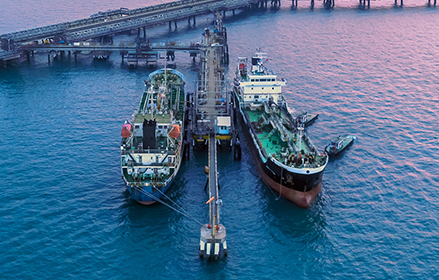
Rising to the challenge of meeting global energy needs and emission targets
Explore the complexities posed for vessel operators by the IMO’s ambition to reduce the carbon intensity of the shipping industry.
Read more -
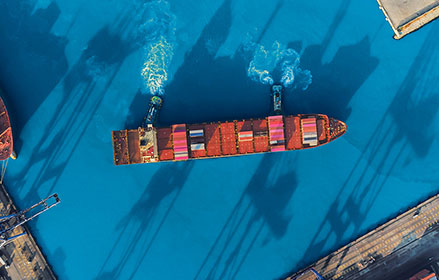
Lessons learned and taking the next step towards low carbon shipping
ExxonMobil invited senior figures from around the maritime industry to provide their insights into how the marine industry should approach future emission regulations.
Read more
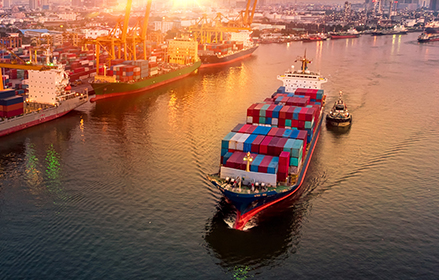
Marine Fuels
Learn more about our range of high-quality marine fuels that help safeguard your engine and comply with the latest IMO regulations.
Read more
Ports Directory
Through our global network, we deliver the right fuels and lubricants, at the right time, to the right place. Use our interactive tools to discover which lubricants or fuels are available in your market.
Read more
